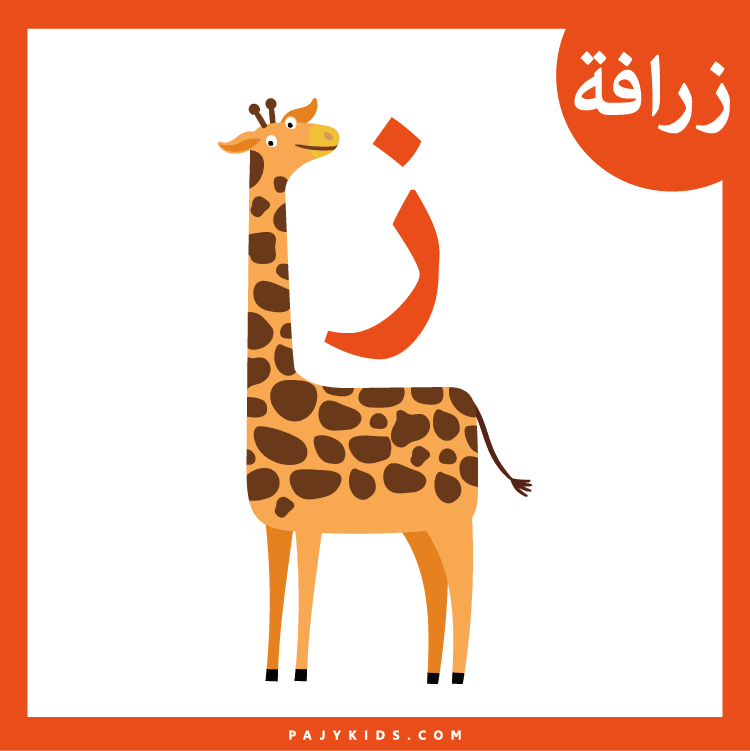Table of contents
Arabic Letter Chart: The journey of learning to read and write begins with the alphabet. For kindergarteners, this can be an exciting adventure, and alphabet flashcards are a time-tested tool to make it engaging and effective. Flashcards provide a hands-on, visual way for young children to recognize and memorize letters. When it comes to learning the Arabic alphabet, flashcards can be particularly helpful for introducing the unique shapes and sounds of each letter. By using a Kindergarten Alphabet Flashcards set that includes a clear Arabic Letter Chart, children can build a strong foundation for future literacy skills.
Why Use Kindergarten Alphabet Flashcards to Learn the Arabic Letter Chart?
Using Kindergarten Alphabet Flashcards is a dynamic and interactive method for teaching children the basics of the Arabic language. Unlike passive learning from a book or screen, flashcards encourage active recall. Each card presents a single letter, allowing children to focus on one concept at a time. This method, when paired with a comprehensive Arabic Letter Chart, helps reinforce letter recognition and the corresponding phonetics. Teachers and parents can use the flashcards for a variety of games and activities, turning the process into a fun game rather than a chore. This hands-on approach is crucial for early childhood development and helps solidify the concepts presented in the Arabic Letter Chart.
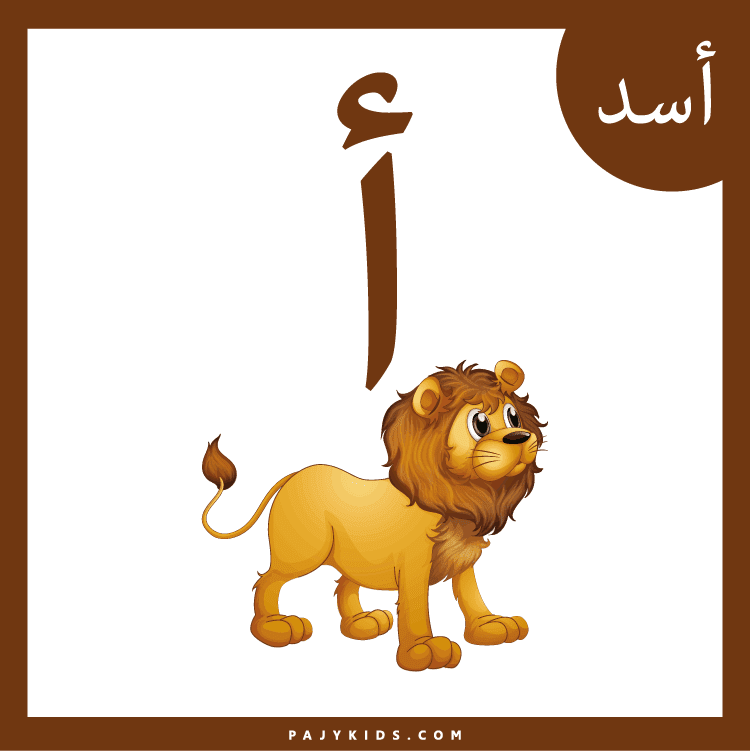
Designing Effective Kindergarten Alphabet Flashcards and an Arabic Letter Chart
The effectiveness of Kindergarten Alphabet Flashcards lies in their design. For young learners, simplicity and visual appeal are key. Each card should feature a large, clear letter, often with an accompanying image of an object that starts with that sound. For example, a card for the letter “Alif” could show an apple, or the Arabic word “arnab” (rabbit). The colors should be bright and engaging without being overwhelming. A well-designed Arabic Letter Chart should complement the flashcards, acting as a visual guide that children can reference. By having a consistent design across the flashcards and the Arabic Letter Chart, you create a cohesive learning experience that is easy for children to follow.
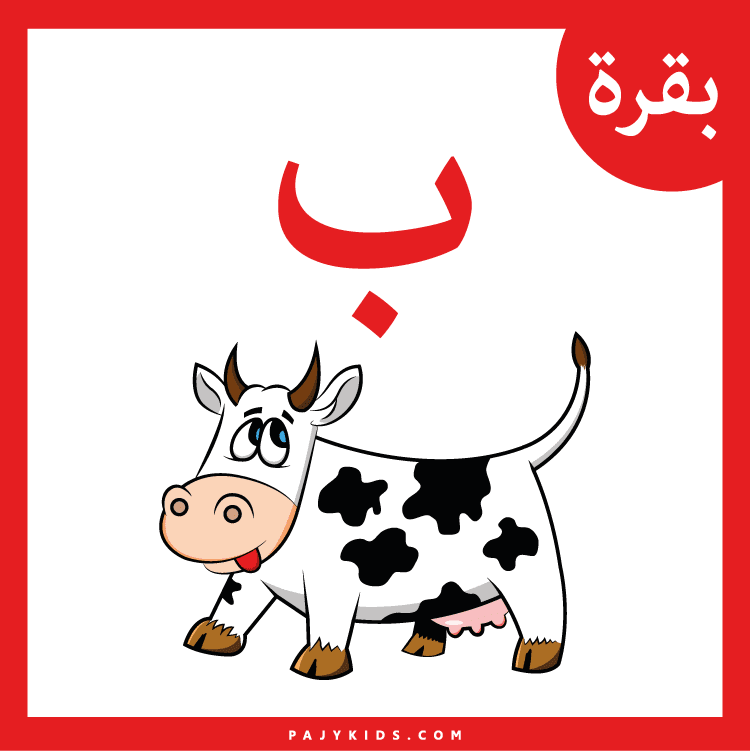
The Role of Play in Learning with an Arabic Letter Chart
Play is the most natural way for children to learn, and Kindergarten Alphabet Flashcards are perfect for integrating into playtime. You can create simple games like “find the letter” or “match the sound.” For example, lay out several cards and ask the child to find the “Baa” card. You can also use the flashcards to build simple words. These playful interactions, guided by a clear Arabic Letter Chart, make the learning process fun and memorable. When a child is having fun, they are more likely to stay engaged and retain the information. This method of playful learning with the Arabic Letter Chart fosters a positive association with education from a very early age.
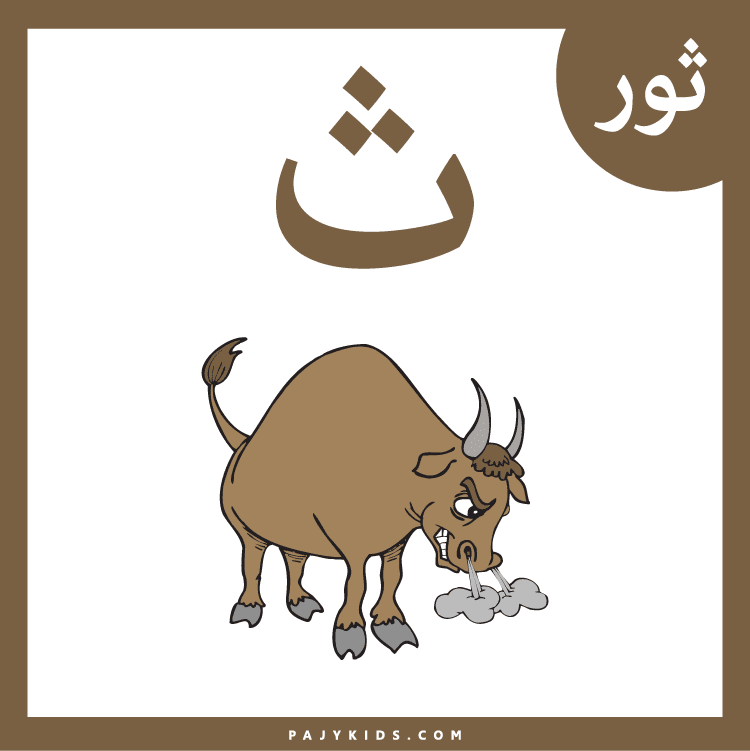
How to Introduce the Arabic Letter Chart Using Kindergarten Alphabet Flashcards
Introducing the Arabic Letter Chart to a young child can be done in a simple, step-by-step manner. Start with a few flashcards at a time, perhaps three or four letters. Introduce the letter name, its sound, and show them the corresponding place on the Arabic Letter Chart. Once they’ve mastered those letters, you can add more. Repetition is key, so make flashcard sessions a regular part of your routine. As they become more comfortable, you can start asking them to identify the letters on their own. This structured approach, combined with the visual aid of the Arabic Letter Chart, ensures that children are not overwhelmed and can learn at their own pace.
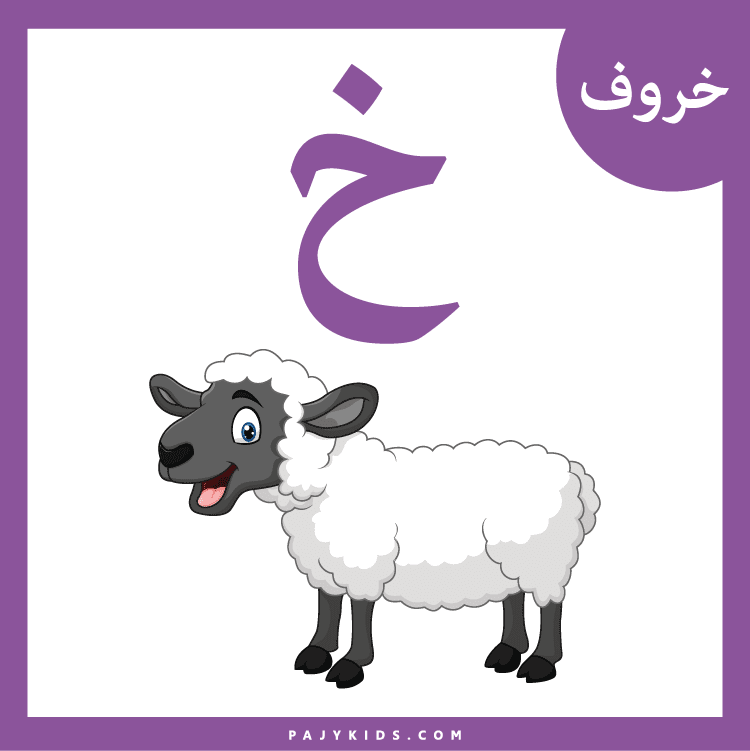
The Benefits of a Comprehensive Kindergarten Alphabet Flashcards Set and Arabic Letter cards
A complete set of Kindergarten Alphabet Flashcards is an invaluable resource for early literacy development. It not only teaches letter recognition but also prepares children for reading by building their phonemic awareness—the ability to hear and identify sounds in words. Using flashcards alongside an Arabic Letter Chart helps children see the letters in a sequence, which is essential for understanding the structure of the alphabet. This strong foundation in the alphabet, supported by a clear Arabic Letter Chart, makes it easier for them to transition to reading and writing. Ultimately, these tools empower children to become confident and capable learners.
Alif Alphabet Arabic Worksheets for Short Vowel Learning
